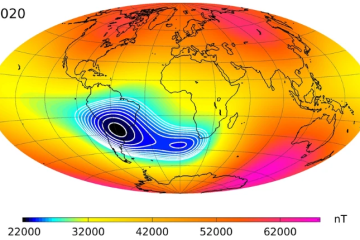Understanding the Impact of Recent Solar Flares on Earth

Introduction to Solar Flares
Solar flares are powerful bursts of radiation from the sun that can significantly impact Earth’s atmosphere and technology. Their occurrences have been studied closely, especially as we advance in our reliance on satellite technology and the electrical grid. Understanding solar flares is not only crucial for safeguarding our technology but also for appreciating the intricacies of our solar system.
Recent Solar Flare Activity
In October 2023, a series of solar flares erupted from the sun, leading to heightened interest in solar activity among scientists and the general public alike. Notably, a massive X-class flare was recorded on October 16, generating significant radiation. These X-class flares are the strongest type, capable of causing widespread disruption. According to NASA, they can interfere with radio communications, GPS services, and even power grids on Earth.
The impact was felt most significantly in areas close to the poles, where auroras lit up the night sky more intensely than usual. The National Oceanic and Atmospheric Administration (NOAA) confirmed that radiation storms caused by these solar flares led to brief radio blackouts in the lower latitudes, highlighting the need for preparedness as solar activity becomes more intense.
Effects on Technology and Climate
The implications of solar flares extend beyond immediate disruptions. They can also have long-term effects on satellite operations. Prolonged exposure to solar radiation from flares can damage satellite components, leading to malfunctions or reduced operational life. The increasing frequency of solar events, driven by the sun’s 11-year solar cycle, illustrates an ongoing challenge for technological infrastructure on Earth.
Moreover, scientists are exploring potential links between solar flares and climate patterns. Recent studies suggest that increased solar activity could interact with Earth’s atmosphere in complex ways, potentially influencing weather patterns and climate variability.
Conclusion and Future Significance
As we continue to monitor solar flare activity, the significance of these events cannot be understated. Increased solar flares are expected as we progress through the current solar cycle, potentially leading to more frequent disruptions. Understanding their nature and effects will be crucial for preparing our technological systems and enhancing our knowledge of the sun’s influence on Earth. In an increasingly digital world, the need for robust infrastructure becomes more apparent, prompting calls for improved monitoring and protective measures against solar events.





